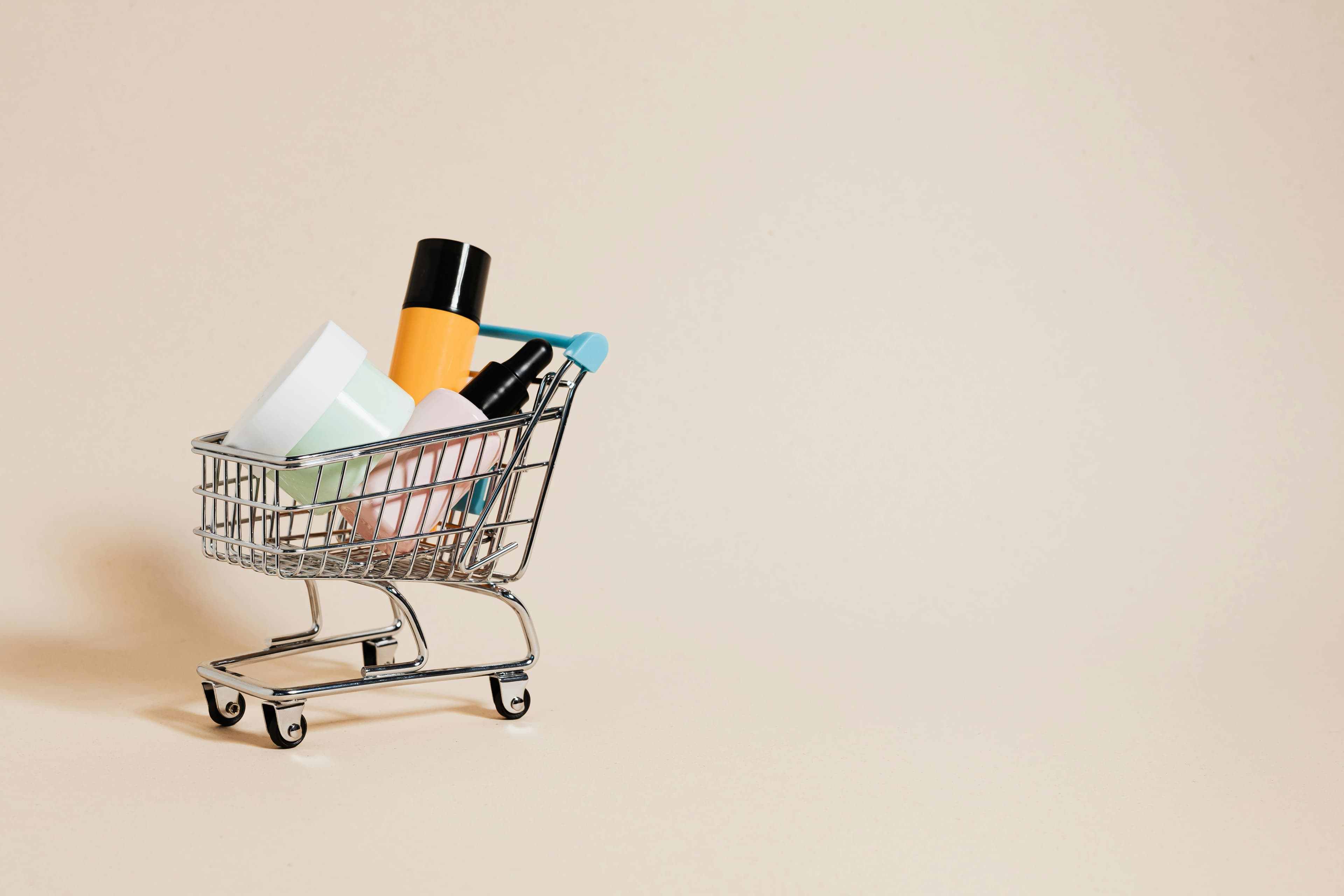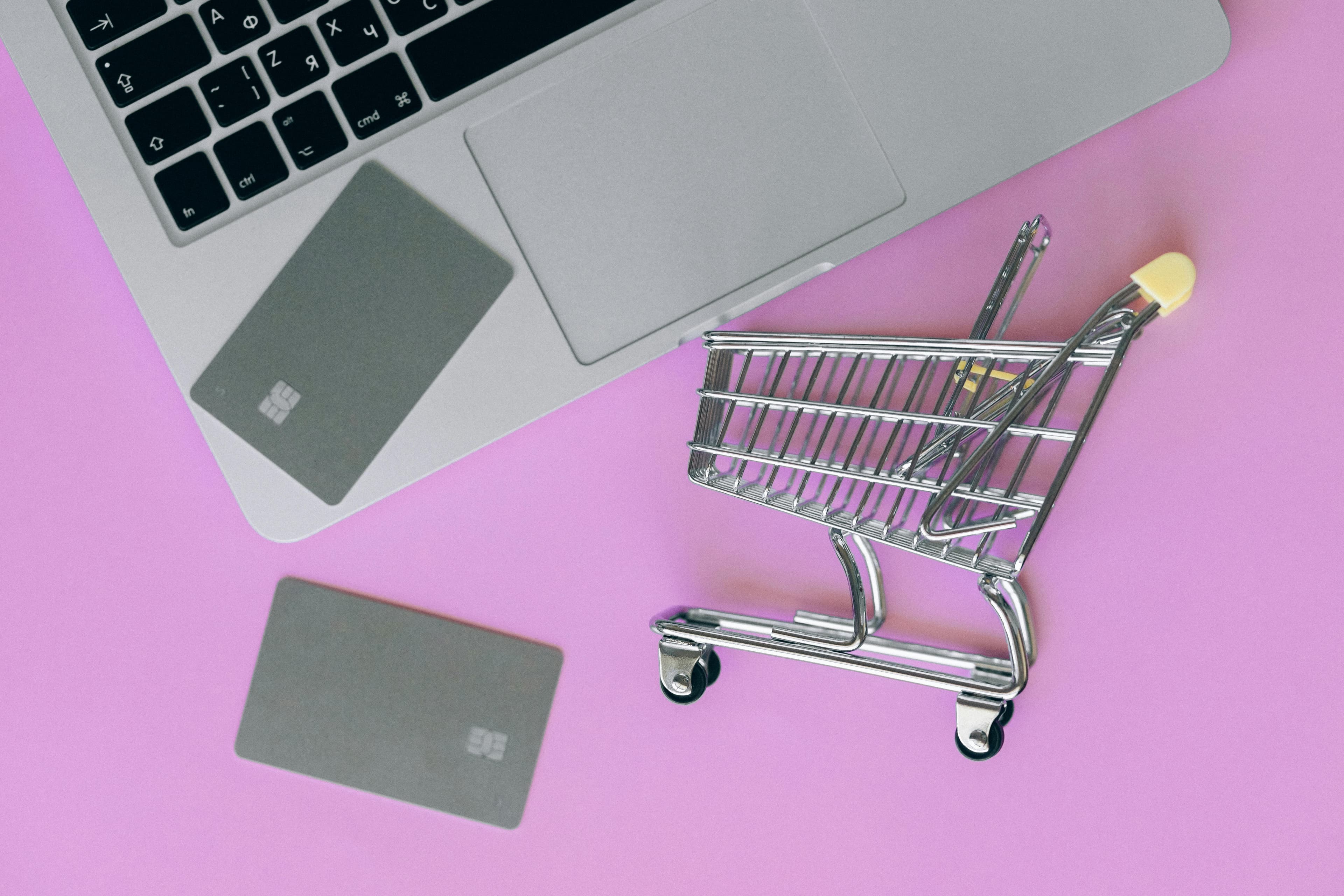
How to protect your brand from being copied online
As businesses expand their online presence, the risk of unauthorized copying and imitation also grows. With newly emerging e-commerce and social media platforms, counterfeiters have more opportunities to imitate and sell fake versions of your products. Here’s a comprehensive guide on how to protect your brand from being copied online.







